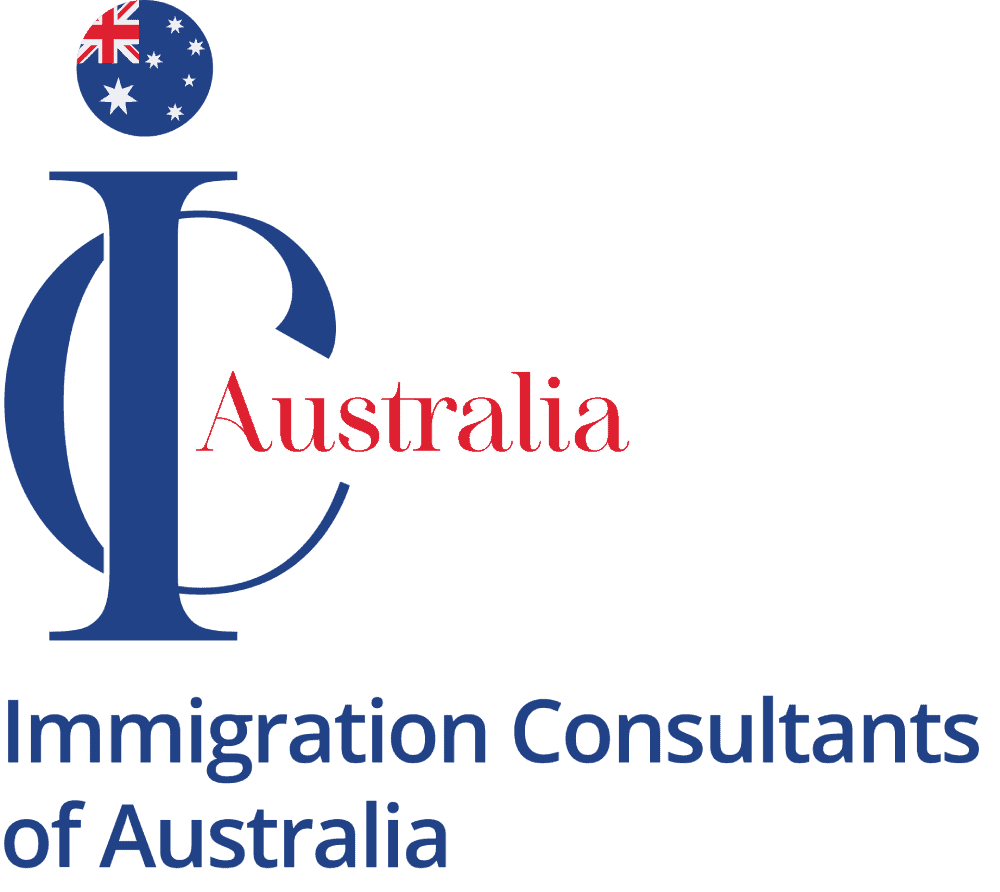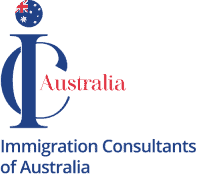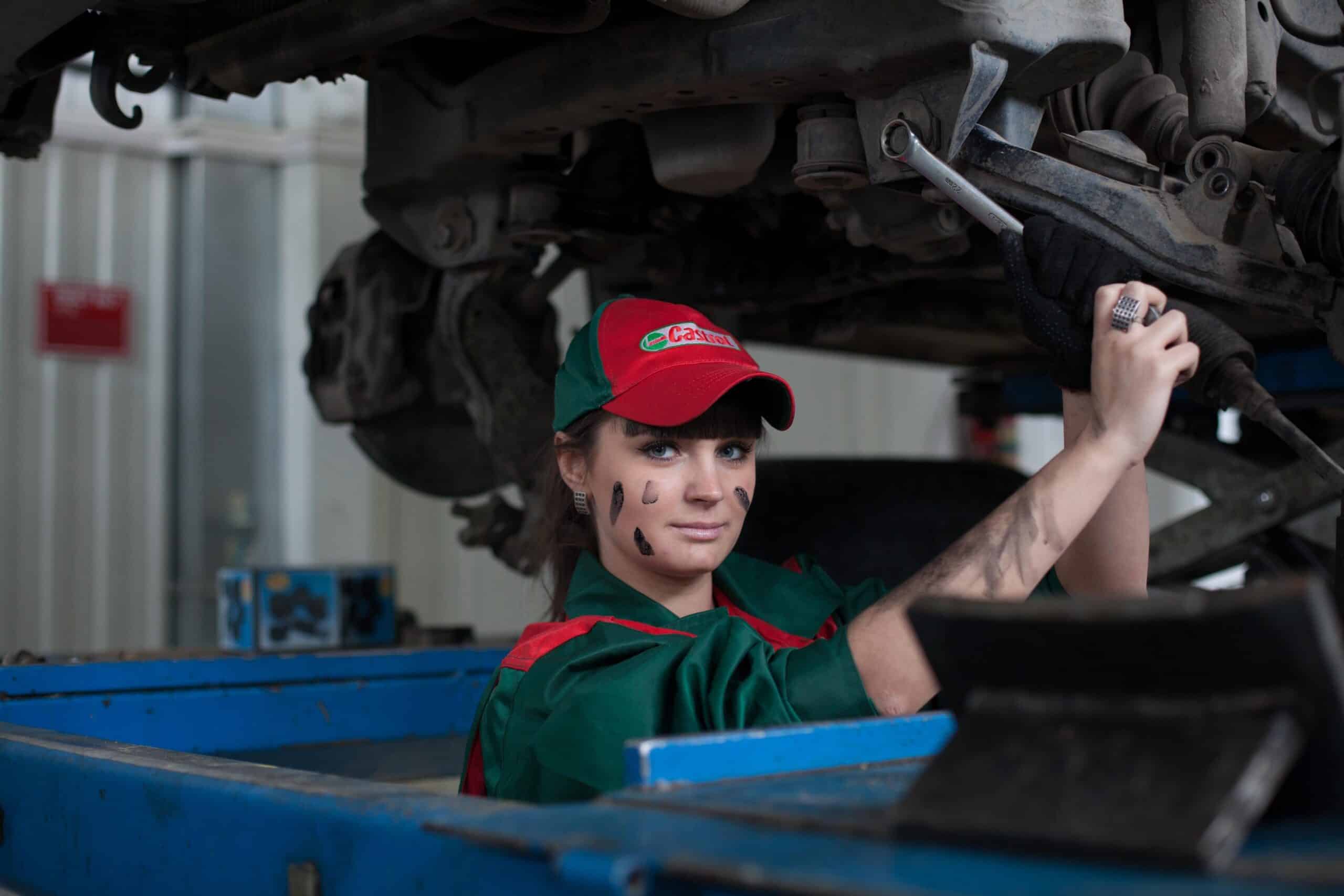Are you considering moving to Australia?
If so, understanding the different skilled worker subclasses is crucial. Australia offers several visa options for skilled workers looking to migrate. Additionally, each subclass has its own specific requirements and benefits.
In this article, we will explore the various skilled worker subclasses available in Australia. To list, subclasses including the Skilled Independent Program (subclass 189), Skilled Nominated Program (subclass 190), and Skilled Work Regional (Provisional) Program (subclass 491). By understanding the different skilled worker subclasses, you can choose the program that best suits your qualifications and goals for migrating to Australia. So let’s dive in and explore the options available to you.
Skilled Independent Subclass (subclass 189)
The Skilled Independent Program (subclass 189) is for skilled workers who are not sponsored by an employer, a state, or a family member. It also allows you to live and work anywhere in Australia permanently.
To be eligible, you must first submit an Expression of Interest (EOI) through the SkillSelect system. The SkillSelect system is an online platform where you provide information about your skills, qualifications, and work experience. Based on your EOI, you may receive an invitation to apply for the program.
One of the key requirements for the Skilled Independent program (subclass 189) is that you must have an occupation on the relevant Skilled Occupation List (SOL). The SOL is a list of occupations that are in demand in Australia. Likewise, it is important to note that the SOL is subject to change. Hence, it is crucial to check the latest version before submitting your EOI.
Skilled Nominated Subclass (subclass 190)
The Skilled Nominate program (subclass 190) requires nomination by an Australian state or territory government agency. This program is for skilled workers who want to live and work in a specific state permanently.
To be eligible for this program, you must first submit an EOI through the SkillSelect system and receive a nomination from a state or territory government agency. Additionally, each state or territory has its own specific criteria for nominating skilled workers. Therefore, it is important to research and understand the requirements of the state you are interested in.
Similar to the Skilled Independent program (subclass 189), you must have an occupation on the relevant SOL to be eligible for the Skilled Nominated program (subclass 190). Additionally, you must meet the minimum point requirement, which takes into account factors such as age, English language proficiency, work experience, and education qualifications.
Skilled Work Regional (Provisional) Subclass (subclass 491)
The Skilled Work Regional (Provisional) program (subclass 491) is for skilled workers who are nominated by an Australian state or territory government agency or sponsored by an eligible family member. This program allows you to live and work in regional Australia temporarily. Additionally, you have the opportunity to apply for permanent residency later on.
To be eligible for this program, you must first submit an EOI through the SkillSelect system and receive a nomination or sponsorship. The subclass 491 program is designed to encourage migration to regional areas of Australia. Therefore, the nominated occupation must be on the relevant Regional Occupation List (ROL). The ROL is a list of occupations that are in demand in regional areas.
Similar to the other skilled worker subclasses, you must meet the minimum point requirement to be eligible for the Skilled Work Regional (Provisional) program (subclass 491). Additionally, you must meet the specific requirements set by the state or territory government agency or the eligible family member who is sponsoring you.
Temporary Skill Shortage Subclass (subclass 482)
In addition to the skilled worker subclasses mentioned above, Australia also offers the Temporary Skill Shortage Program (subclass 482). This program allows employers to temporarily sponsor skilled workers from overseas to work in Australia.
There are three streams under the Temporary Skill Shortage program (subclass 482): the Short-Term stream, the Medium-Term stream, and the Labour Agreement stream. The stream you apply under depends on the occupation you will be working in and the length of your employment.
Additionally, you must have an employer willing to sponsor you to be eligible for this program. Additionally, you must meet the specific requirements of the Department of Home Affairs. The Temporary Skill Shortage program (subclass 482) provides a great opportunity for skilled workers to gain work experience in Australia. Likewise, there is potentially an opportunity to be a permanent resident in the future.
Employer Nomination Scheme (subclass 186)
The Employer Nomination Scheme (subclass 186) is a permanent option for skilled workers who an Australian employer has nominated. This visa allows you to live and work in Australia permanently.
To be eligible for this visa, you must have an employer who is willing to nominate you and meet the specific requirements set by the Department of Home Affairs. The Employer Nomination Scheme (subclass 186) has three streams: the Temporary Residence Transition stream, the Direct Entry stream, and the Agreement stream.
Each stream has its own set of requirements and criteria. Hence, it is important to understand which stream you are eligible for. The Employer Nomination Scheme (subclass 186) provides a great opportunity for skilled workers who have a job offer in Australia and want to settle in the country permanently.
Regional Sponsored Migration Scheme (subclass 187)
The Regional Sponsored Migration Scheme (subclass 187) is a permanent program option for skilled workers who an Australian employer has nominated in a regional area. This program allows you to live and work in a regional area of Australia permanently.
To be eligible for this program, you must have an employer who is willing to nominate you for a position in a regional area and meet the specific requirements set by the Department of Home Affairs. The Regional Sponsored Migration Scheme (subclass 187) has two streams: the Temporary Residence Transition stream and the Direct Entry stream.
The Temporary Residence Transition stream is for temporary holders who have worked for their employer for at least three years in a regional area. The Direct Entry stream is for skilled workers who have been nominated by an employer but do not qualify for the Temporary Residence Transition stream.
Skilled Occupation List (SOL) and Consolidated Sponsored Occupation List (CSOL)
The Skilled Occupation List (SOL) and Consolidated Sponsored Occupation List (CSOL) are important lists that determine the eligibility of skilled workers for certain immigration subclasses.
The SOL is a list of occupations that are in demand in Australia for the purpose of skilled migration. You may be eligible for the skilled worker subclass if your occupation is on the SOL. To list, you could be eligible for the Skilled Independent subclass (subclass 189) and Skilled Nominated subclass (subclass 190).
On the other hand, the CSOL is a list of occupations in demand in Australia. The purpose is employer-sponsored migration. If your occupation is on the CSOL, you may be eligible for programs such as the Temporary Skill Shortage program (subclass 482), Employer Nomination Scheme (subclass 186), and Regional Sponsored Migration Scheme (subclass 187).
It is important to note that the SOL and CSOL are subject to change, so it is crucial to check the latest version before applying for a program. The Department of Home Affairs regularly updates these lists to reflect the changing needs of the Australian labor market.
Requirements and Eligibility Criteria for Skilled Worker Subclasses
Each skilled worker subclass has its own specific requirements and eligibility criteria. While we have touched on some of the key requirements in the previous sections, it is important to thoroughly research and understand the requirements for the subclass you are interested in.
Some common requirements include meeting the minimum point requirement. Additionally, a positive skills assessment for your occupation is a must. Likewise, you must meet the English language proficiency requirements. Having relevant work experience can also boost your points.
Additionally, some subclasses require nomination or sponsorship from a state or territory government agency or an Australian employer. It is important to carefully review the requirements and gather all necessary documents before submitting your application.
Conclusion and Additional Resources for Skilled Migration to Australia
In conclusion, understanding the different skilled worker subclasses is crucial when considering migrating to Australia. The Skilled Independent program (subclass 189), Skilled Nominated program (subclass 190), and Skilled Work program (Provisional) (subclass 491) are just a few of the pathways available for skilled workers.
You can make an informed decision by researching and understanding the specific requirements and benefits of each subclass. Additionally, you can choose the pathway that best suits your qualifications and goals for migrating to Australia.
Ready to dive to the Land Down Under as a skilled worker? Contact ICAustralia today! We prioritize our clients’ interests and work diligently to enhance the likelihood of a positive outcome. Together, your Australian dream will become your Australian reality.
Contact ICAustralia to get your immigration journey started today!


